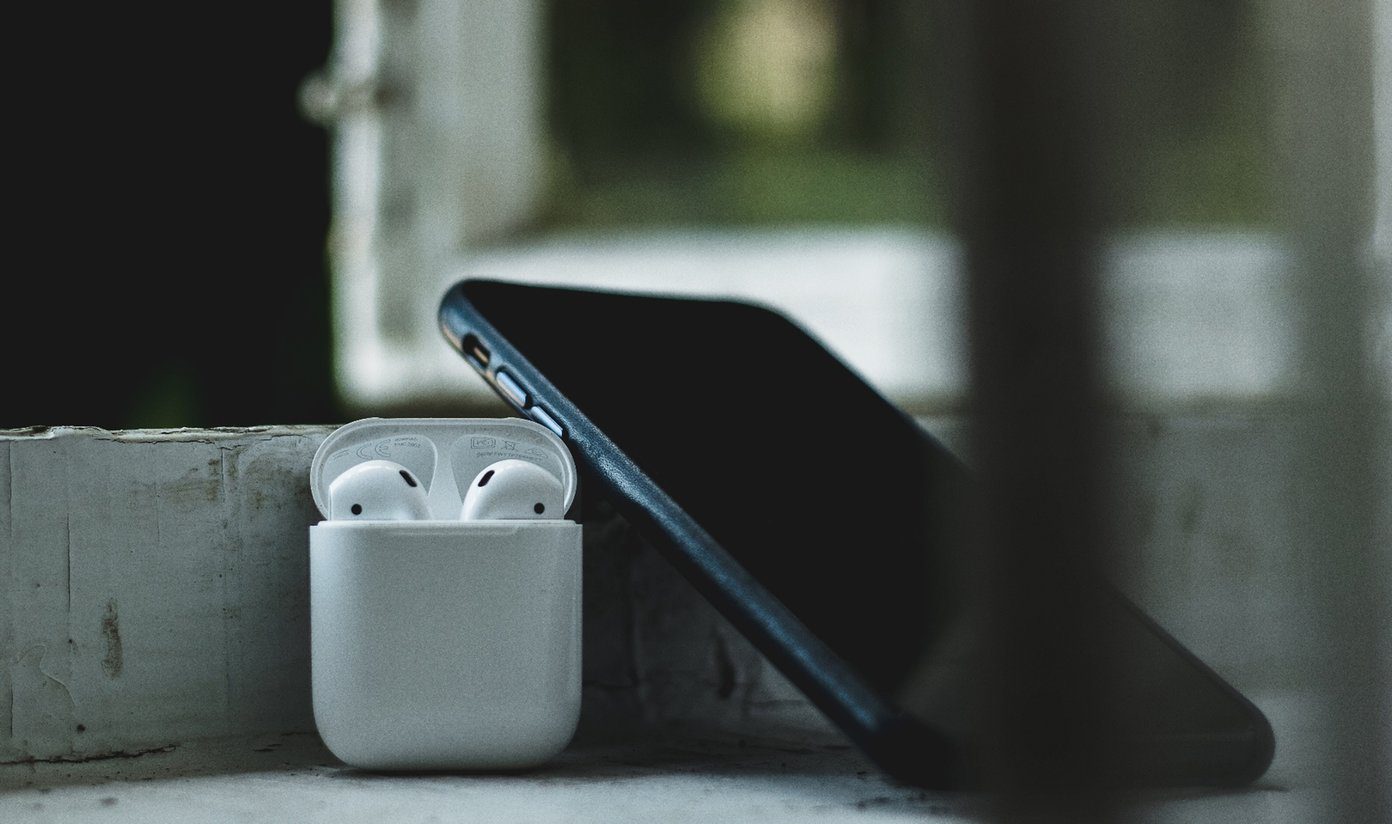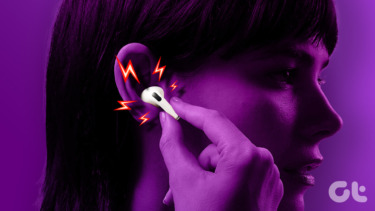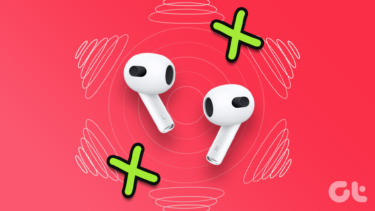A while back, we talked about dealing with AirPods-related connectivity problems on the iPhone. This time, we shift our focus to the Mac. If your AirPods fail to connect to your Mac, then several troubleshooting tips can help patch things up. Let’s get started.
1. Check Compatibility
If you are struggling to set up your AirPods with a Mac for the first time, it’s worth checking for compatibility issues. Depending on the model of the AirPods, a Mac must have the following versions of macOS installed to establish a connection. AirPods Pro — macOS 10.15.1 or later AirPods (2nd generation) — macOS 10.14.4 or later AirPods (1st generation) — macOS Sierra 10.12 or later In case you’re unsure about the version of macOS running on your Mac, open the Apple menu and select About This Mac. You should see the relevant information listed underneath the default Overview tab on the window that shows up. If your Mac falls beneath the required compatibility threshold, head over to Apple menu > System Preferences > Software Update to update macOS. If you use macOS High Sierra or earlier, open the App Store and click the Updates tab instead.
2. Enable Bluetooth
Often, we overlook the most trivial of things. In this case, check if your Mac has its Bluetooth enabled. To do that, start by clicking the Bluetooth icon on the menu bar. Note: On macOS Big Sur, you may want to open the Control Center to check the Bluetooth status. If Bluetooth appears disabled, click Turn Bluetooth On. Or, activate the toggle next to Bluetooth. Your AirPods should then connect automatically. You can also connect manually by pointing to your AirPods and selecting the Connect option.
3. Charge AirPods
If you’ve had your AirPods outside the charging case for a few hours, then they could have no charge remaining. Try putting them into the case for at least 15 minutes. You must also charge the charging case itself if the status indicator on it doesn’t light up.
4. Restart Mac
Restarting your Mac can also help resolve AirPods-related connectivity issues. Before doing that, however, put both AirPods inside the charging case. Once your Mac reboots, take your AirPods out again. If they don’t connect automatically, open the Bluetooth menu, and try connecting to them manually.
5. Forget and Reconnect
Removing your AirPods from the list of connected Bluetooth devices on your Mac and attempting to reconnect them again can also help. Step 1: Put your AirPods into their charging case. Step 2: Bring up the Bluetooth menu and select Open Bluetooth Preferences. Step 3: Click the ‘X’ icon to the right side of your AirPods, and click Forget Device. Step 4: Open the charging case. Once your AirPods shows up within the Bluetooth Preferences pane, click Connect. Did that help? If not, read on.
6. Reset AirPods
If the fixes above failed to work, try resetting your AirPods. The process is quite similar to removing and reconnecting a pair of AirPods, except for a few additions. Step 1: Start by putting your AirPods into their charging case. Wait for 30 seconds and open the lid. Step 2: Select Open Bluetooth Preferences on the Bluetooth menu to bring up the Bluetooth Preferences pane. Step 3: Click the ‘X’ icon next to your AirPods, and click Forget Device to remove them from your Mac. Step 4: With the lid open, press and hold the setup button on the back of the charging case for about 15 seconds. Release it when the status light on it starts to flash amber. Step 5: Close the lid, and then re-open it. Click Connect once the AirPods shows up within the Bluetooth Preferences. Your Mac should likely have no issues connecting to your AirPods after that.
7. Disable Automatic Switching
Do you have an iPhone with iOS 14 installed? If so, your AirPods will disconnect from your Mac and automatically switch to your iPhone if you start playing music on it. To prevent that from happening, open the Settings app on your iPhone and select Bluetooth. Connect to your AirPods (if it isn’t already) and tap the i-shaped icon next to it. Then, select the Connect to This iPhone option. On the following screen, select When Last Connected to This iPhone. That also applies to any iPad starting iPadOS 14. If you have one around, you may want to repeat what you just did to prevent your AirPods from switching to your iPad automatically.
Fix the Connection
Hopefully, you ended up connecting your AirPods to your Mac. If the fixes above didn’t work (and if you can’t connect them to your iPhone as well), you may be dealing with a faulty set of AirPods. If so, it’s best to book an appointment at the local Genius Bar. Next up: Looking for AirPods alternatives? Check out these 6 great AirPods alternatives that don’t cost as much. The above article may contain affiliate links which help support Guiding Tech. However, it does not affect our editorial integrity. The content remains unbiased and authentic.


















